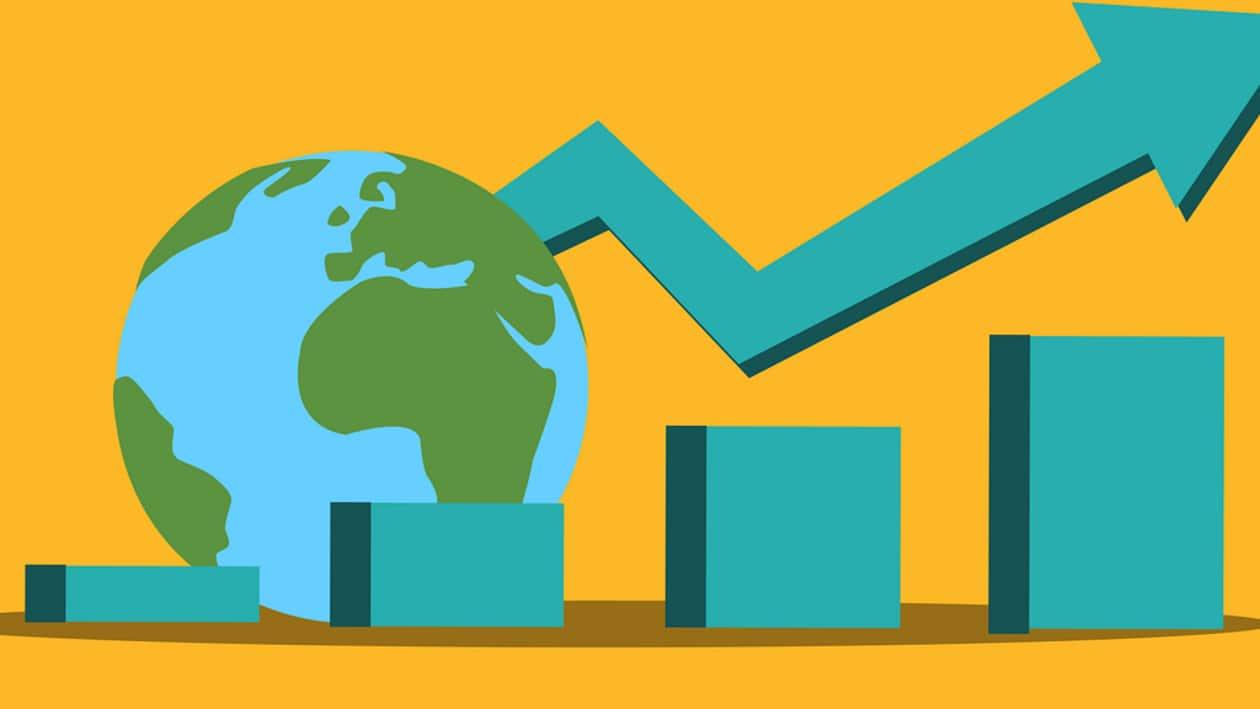The world of finance and economics is filled with complex jargon, making it challenging for the average person to understand. Among the terms that are often thrown around are "recession" and "depression."
These terms are used to describe a downturn in the economy, but they have different meanings. In this article, we'll explore the difference between a recession and a depression and what it means for the market.
What is a recession?
A recession is a significant decline in economic activity that lasts for more than a few months. It is usually marked by a decrease in gross domestic product (GDP), which is the total value of goods and services produced in a country. During a recession, unemployment rates rise, consumer spending declines, and business profits decrease.
A recession can be caused by a variety of factors, including a decrease in consumer demand, high inflation, or a decrease in business investment. The end of a recession is marked by a period of economic growth, often signaled by an increase in GDP, a decrease in unemployment rates, and an increase in consumer spending.
What is a depression?
Depression is a more severe and prolonged version of a recession, characterized by a significant decline in economic activity that lasts for years. The primary difference between a recession and a depression is the depth and duration of the economic decline. During a depression, GDP falls by a significant amount, unemployment rates reach very high levels, and many businesses fail.
It can be caused by a variety of factors, including a financial crisis, a large-scale economic shock, or a significant decrease in consumer demand. Unlike a recession, a depression is not marked by a clear endpoint, but rather a slow and gradual recovery over a period of several years.
What are the differences between a recession and a depression?
The primary difference between a recession and a depression is the severity and duration of the economic decline. While a recession is a temporary decline in economic activity, lasting for a few months or up to a year, depression is a more severe and prolonged decline that can last for several years.
Another key difference between the two is the impact on employment. During a recession, unemployment rates typically increase, but not to the same extent as during a depression. In a depression, unemployment rates can reach very high levels, with many people out of work for long periods of time.
Additionally, the financial impact of a depression can be much more severe than that of a recession. During a depression, many businesses fail, and individuals may lose their savings or retirement funds due to the collapse of financial institutions.
For the average person, a recession can mean job losses, reduced income, and a decrease in the value of their investments. Depression can be even more devastating, leading to long-term unemployment, financial ruin, and a decline in overall quality of life.
